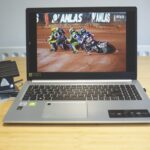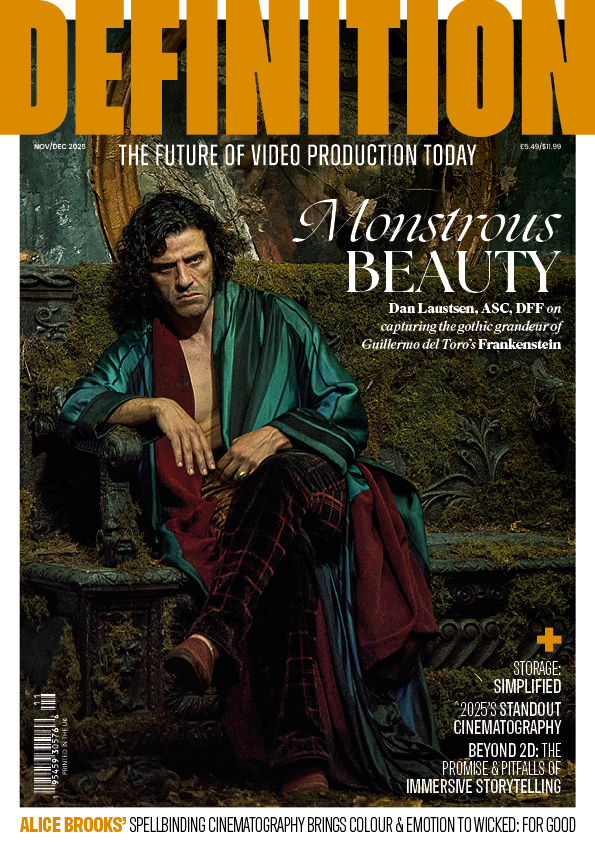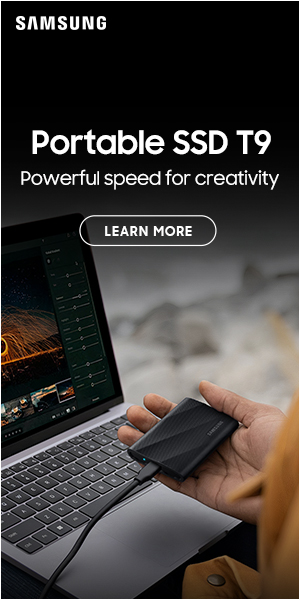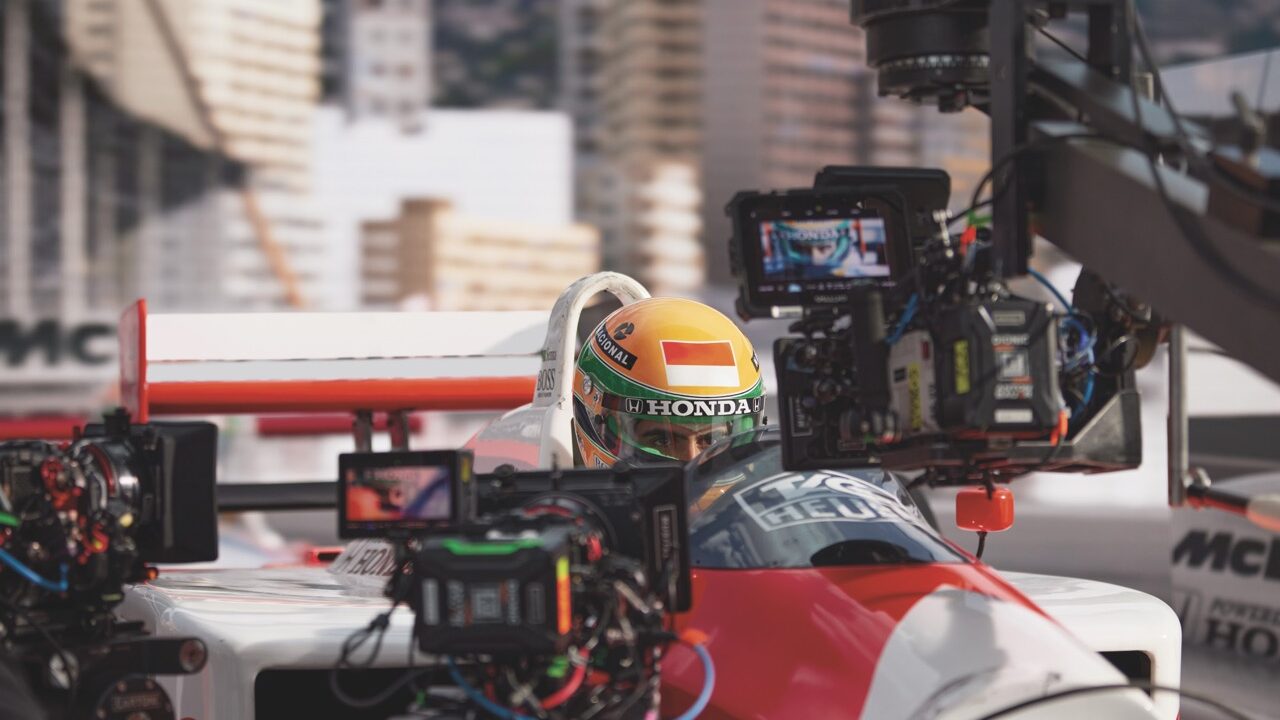
What is a cinema camera?
Posted on Jul 9, 2025 by Admin
The shrinking camera ga
Is it time to think again about what a cinema camera really is? The lines are blurring in interesting ways, finds Adrian Pennington
At a recent presentation to the Hollywood Professional Association, post-production entrepreneur Michael Cioni demonstrated just how far the gap between high-end cine cameras and consumer imaging had shrunk. He made a side-by-side comparison of footage from an ARRI ALEXA Mini, Fujifilm GFX100 and an iPhone 16. All were fitted with the same Nikon prime lenses and shot in the same lighting conditions.
“You can see in these results that a camera that costs closer to $100,000 (ALEXA) and $1000 (iPhone) aren’t that dramatically different. This is visual proof that accessibility has got so narrow that we need to think twice about it.”
Cioni was urging studios and streamers to relax their thinking around the types of equipment that should be used to create cinema and TV content, otherwise creators and YouTubers will be using technology that’s much less costly and virtually indistinguishable in quality to beat them.
There are signs that this is happening – but it’s being led by auteur directors and DOPs prepared to think outside the box. They’re not necessarily choosing inexpensive cameras to suit lower budgets, but for greater flexibility in storytelling. What these cameras tend to have in common is their smaller size, making them perfect for run-and-gun filmmaking, while supporting a range of accessories for complex productions.
The RED KOMODO-X has found a solid niche as a B cam on projects including Furiosa: A Mad Max Saga, where Simon Duggan, ASC, ACS deployed a five-camera KOMODO rig for background plates with another set mounted on sliders attached to the undercarriage of The War Rig vehicle.
The camera contains the same image science as stablemates like V-RAPTOR, making for consistency in cutting. At less than £2500/$3000, multiple KOMODOs could be rigged on-set and, if one gets trashed, it won’t break the budget.
“F1 cars are so low to the floor that there was limited room for us to grip, so the KOMODO’s weight and size was essential for rigging multiple crash cam bodies,” explains Azul Serra, ABC on the action sequences for Netflix series Senna.
The box format V-RAPTOR body itself weighs just over 1.8kg/4lb and can be mounted on a drone for first-person view (FPV) sequences. The Helicopter Girls pioneered this using a gimballed FPV for projects including a woodland chase sequence in Wicked: For Good with second unit DOP Sam Renton; Stuntnuts: The Movie for Ben Davis, BSC; and an FPV of racehorses in Downton Abbey: The Grand Finale for Ben Smithard, BSC.
“What’s remarkable about that shot is that it doesn’t look like it could possibly be from an FPV drone,” says Helicopter Girls co-founder Emma Boswell. “It looks like it should be from a tracking vehicle or a wirecam. It’s an astonishing sequence.”
Director Kazik Radwanski and DOP Nikolay Michaylov made KOMODO their A camera for indie romance Matt and Mara, in part to meet 4K deliverables.
“Given that its the size of a Rubik’s Cube, the KOMODO complemented our shooting style, which is run and gun, documentary and self-sufficient,” shares Michaylov. “But it’s also a camera that can be transformed into more of a studio build, which we required for some sequences in the film.”
Similarly, the Sony VENICE has been used in its Rialto extension mode to cram multiple cameras into some tight spaces. The sensor can record a full 6K in large format, suitable for IMAX and way beyond the quality action cams such as a GoPro could achieve.
Claudio Miranda, ASC fitted six VENICE cams into the cockpit of an F-18 – and another four externally – for aerial photography in Top Gun: Maverick. And multiple VENICEs were placed aboard sets for Apple TV+ saga Masters of the Air. Erik Messerschmidt, ASC rigged nine VENICEs on fast-driving cars for Michael Mann’s 2023 biopic Ferrari.
Sony just launched an even smaller extension system the size of a smartphone. The system can also be used to shoot stereoscopically. When two units are placed side by side, the distance between the two sensors is just 64mm, which mimics the average distance between our own pupils.
“You can even operate it like a medium format stills camera and shoot from the waist if needed,” according to Kate Reid, BSC, who shot a test film for Sony directed by the Lynch Brothers inside a replica 2x2x2m space capsule.
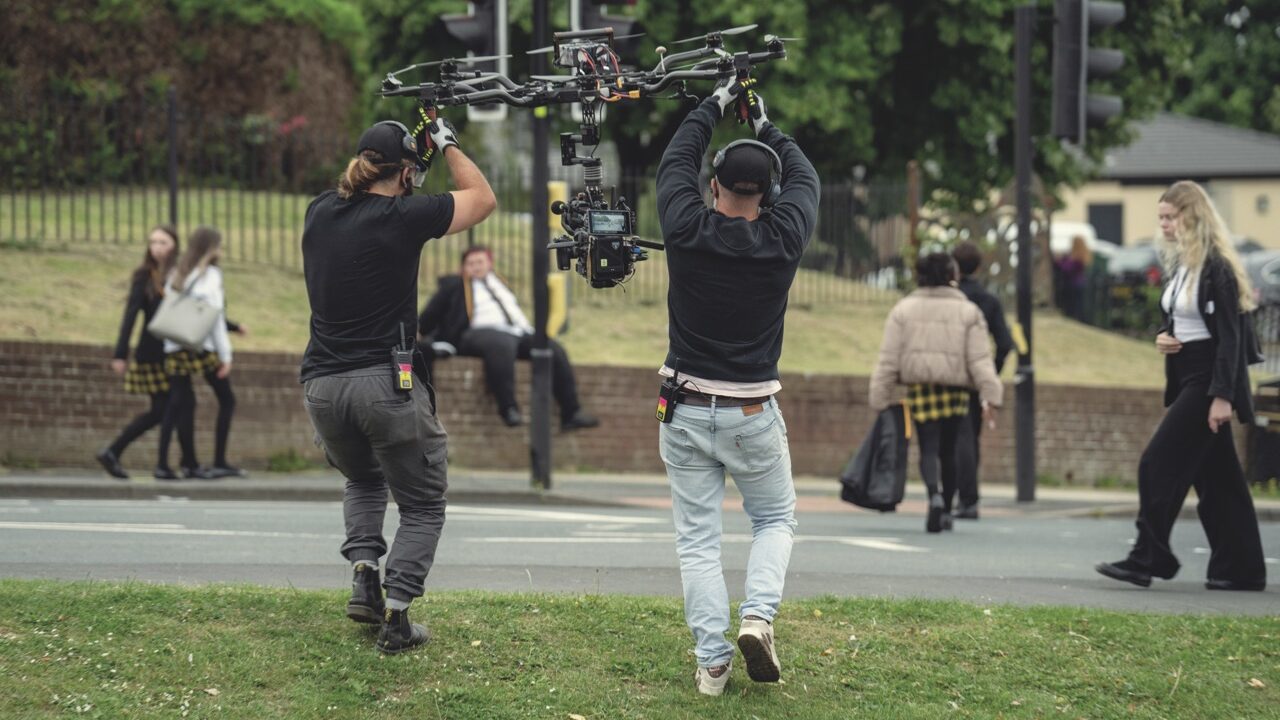
Shooting for oners
The current vogue for movies and episodes shot in single takes is possible because of the combined light weight and image quality of camera tech.
Philip Lozano, AFC chose the V-RAPTOR to shoot the 88-minute, single-shot indie horror MadS because it was half the weight of an ALEXA. Another factor was the ability to record 6K Raw without changing media for at least 90 minutes.
“I didn’t want to start shaking involuntarily because my muscles were tired,” Lozano says. “Nor did I want to photograph with a lower-spec model. The whole package including camera, rig, battery and lens was only 12kg, but you still need core strength to be able to control the wides and the tight shots.”
A specially designed rig allowed Lozano to stabilise the horizontal movement. “The idea was that I was able to move the cameras as if I had a Steadicam or dolly, as well as handheld.”
The DJI Ronin 4D has built-in stabilisation, a compact design and full-frame image quality that enables filmmakers to capture dynamic shots. It’s also fairly inexpensive at around £5650/$5000. The action scenes in Alex Garland’s Civil War, notably the climactic battle for the White House, were shot on the Ronin 4D. It’s this experience with camera operator David J Thompson that led Garland to shoot the visceral action of Iraq docudrama Warfare entirely on the system too, with Thompson as DOP.
DOP Matt Lewis also used the Ronin 4D to shoot the acclaimed Netflix series Adolescence. “Any slightly larger gimbal and it would have been too limited,” Lewis says. “It would’ve been heavier and would’ve had to be connected to a single operator the whole time. We couldn’t have done handoffs or anything like that. So much of what ended up in the show was based on the ability to be nimble.”
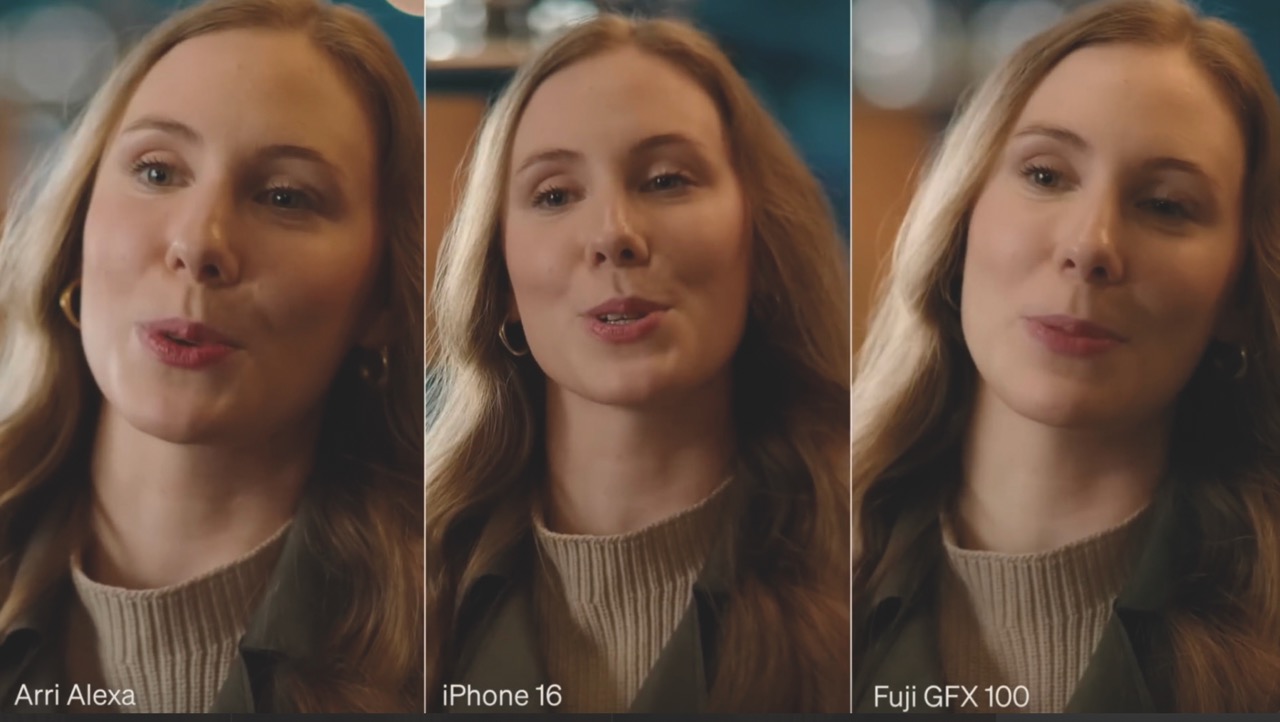
Supporting sports action
Sports broadcasters are constantly demanding smaller systems with high dynamic range to get closer to the action on field or track. Two of the latest innovations in this area debuted in April.
PROTON claims to have made the world’s smallest slow-motion camera, measuring 36x36x90mm. The PROTON HFR captures 12-bit dynamic 1080p in frame rates up to 240fps. It also has a global shutter that eliminates motion artefacts. It’s even available with a FLEX option that allows the camera head to be separated from its processing unit, so it could be used in even smaller spaces.
Germany’s Dream Chip Technologies creates some of the world’s smallest cameras. These units have been used during the Super Bowl, on cars covering Daytona and Formula E racing, as well as for football. The 30x30x31mm dimensions of the AtomOne Mini features a dynamic range and colour reproduction that matches standard systems cameras.
“Broadcasters don’t want to use a DJI or GoPro because they can’t colour match them to other cameras, like the Sony HDC-3200,” says Dream Chip’s Christian Kuehn.
The new AtomTwo has similar HDR qualities, as well as 1080p 60fps with a global shutter. “The global shutter means you don’t get the visible distortions and disturbances associated with a rolling shutter,” says Kuehn.
“Five years ago, it was impossible to make such a tiny global shutter camera, but sensor manufacture has made some incredible advances. So many cameras coming out now have global shutters that I think rolling shutter will soon become obsolete.”
This article appears in the May/June 2025 issue of Definition


